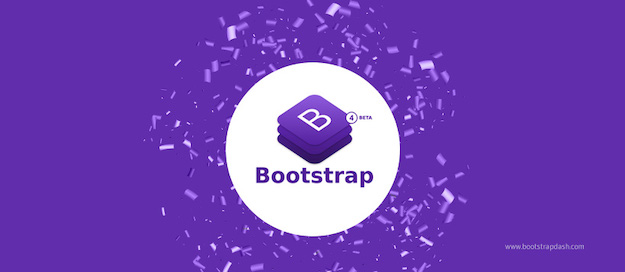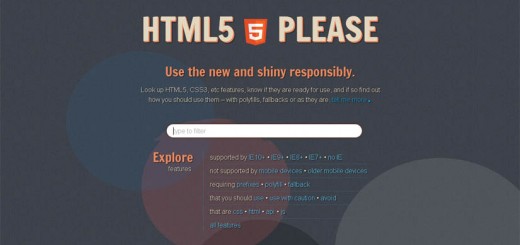Every Web developer must be thorough with the requirement of Bootstrap. Bootstrap, in general, is a development framework built upon HTML, CSS, and Javascript (JS) for creating web pages and websites.
Bootstrap is free and open-source, which makes it easier to access and convenient to use. It is an accessory to the Web development kit (that includes JS, HTML, and CSS) as it facilitates responsiveness among the web pages.

Use of Bootstrap in web development
While it may be possible to conjure websites using simple HTML tags along with CSS designs, it is only the responsiveness that adds to the beauty of a website. A web page renders nothing without pop-ups, buttons, dropdowns, and carousels.
So the uses of Bootstrap in web development are:
# It helps create websites that respond well to mobile phones, making your website more adaptable and user-friendly.
# Bootstrap powers UI designs for several famous applications like Twitter, Spotify, WordPress themes, or LinkedIn.
# Even a basic-level developer can create highly responsive websites using Bootstrap. All that bootstrap needs is basic knowledge of HTML and CSS, making it possible for basic level developers to create high-quality responsive websites that match the standards of almost every modern web browser.
Bootstrap templates vs. bootstrap themes
People often puzzle over the concepts of Bootstrap themes and bootstrap template. However, they may sound similar, but in reality, they sharply differ.
The Bootstrap theme is a fully designed model of a website that offers room for custom styling. They make use of custom CSS to stylize the page. You can modify the themes in accordance with your requirements and demands.
On the other hand, bootstrap templates are solid blueprints of the end product that offer customization. No effective styling or designing decisions are carried out in bootstrap templates. Unlike Bootstrap themes, templates are not fully designed and provide a clean slate to users for the purpose of website designing. They use the custom CSS rarely and offer very slim chances of modifications.
The two sides of Bootstrap templates
Bootstrap templates may not be a blessing to the non-developing business-based gentry. However, when it comes to advanced business operations, the templates are all it takes.
So, here is an illustrated list of the pros and cons of a bootstrap template.
Pros
# Templates are not pre-designed, which lets the users customize the website in accordance with its client’s requirements and requests.
# Bootstrap templates make a good starting point for people who are learning bootstrap as it is a simple markup framework.
Cons
# Although bootstrap templates offer an excellent platform for website designing, it can be challenging to sit upon a design that captures the essence of a particular company.
# Designs don’t come easy to developers, and it could take days for the creation, development, and deployment of an application or a website with no proper theme.
# And one of the most critical aspects of the Bootstrap framework is that the absence of precise customization tends to make all web pages look similar.



